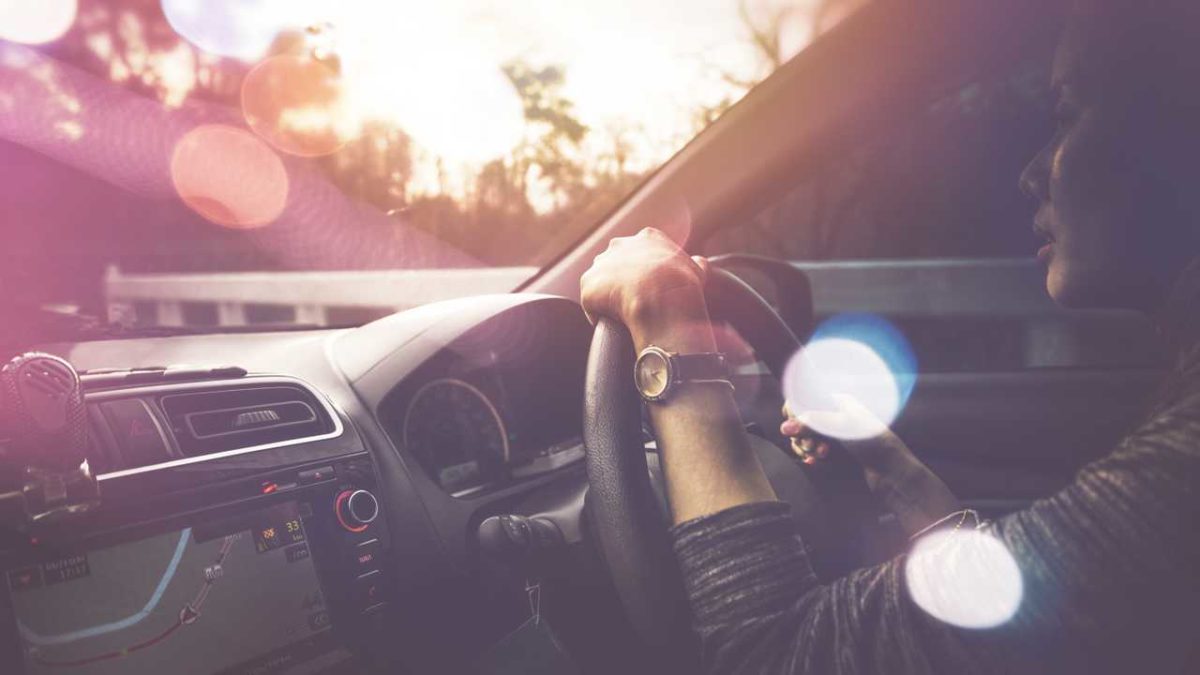Why You Need UV Protection On Your Sunglasses
Your eyes are constantly in motion, focusing and refocusing as objects approach
– thembela moyo, founder and owner – fresh vision optometrists
As a driver, you must fulfil many requirements, often simultaneously: you must react quickly, follow the speed limits, and correctly assess the driven distances and distances to hindrances. You rely on your eyes more so than any other sense. Your eyes are constantly in motion, focusing and refocusing as objects approach, and contending with distractions, such as oncoming headlights or the glare of the setting sun.
One of the biggest threats to your eyesight is the harmful effects of Ultraviolet* (UV) rays and nothing causes discomfort when driving quite like bright sunlight reflecting off the tarmac or car windows, sending searing pain directly into your eyes. Not only do UV rays cause sunburn and wrinkles around your eyes they also damage your retina which is why you should only wear sunnies with UV protection.

There are 4 areas that can help you make an excellent sunglass choice.
- The Material Of The Lens: Take a look at what the tag says about the composition of the lens, which is the most important aspect of sun protection. Make sure the material blocks the harmful UV rays. This will usually be indicated by a percentage which ideally should be 100 %.
- Lens Colour: This is an area where you can surrender yourself to your fashion whims as the colour of the sunglass lens does not affect UV protection. People would tend to think that the darker the colour of the sunglasses the more protection from UV rays they are but this is a myth.
- Polarization: Simply put, polarization functions like miniature blinds on your sunnies. The coating blocks out horizontal rays whilst letting in vertical light but these ‘blinds’ do not protect your eyes from the harmful effects of UV rays. Hence, even if you have polarized sunglasses you still need a UV-blocking material or coating for protection.
- The Right Frame. When choosing the right frame, look for comfort and as much coverage your face size can support to protect your eyes and the skin around your eyes. Wrap-around styles are especially helpful because they block light from the sides as well as the front.

It is important to point out that certified UV protective sunglasses do not necessarily equate to a pricier tag either and there are several brands on the market that offer stylish sunglasses with the required UV protection at affordable prices. Cheap imitations can be temptingly priced but remember that they often do not have any UV protection at all, therefore you must think twice about prioritizing stylish looks above protective functionality.
The importance of eye health in relation to driving, cannot be emphasized enough and as important as it is to purchase the right type of car for your needs, it is similarly important to purchase the correct type of eyewear for your eyesight and ever changing requirements of our daily driving conditions.
Be kind to your eyes and look after them by choosing wisely because without healthy eyes you compromise your driving safety. Remember, protection is key.
Ultraviolet radiation, a type of energy produced by the sunand some artificial sources*





